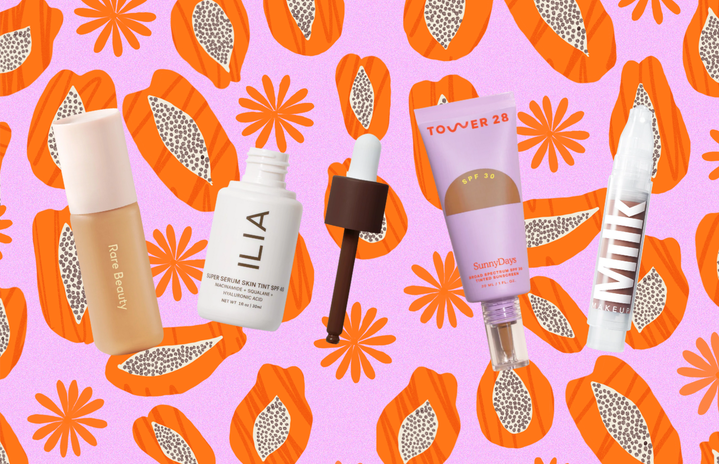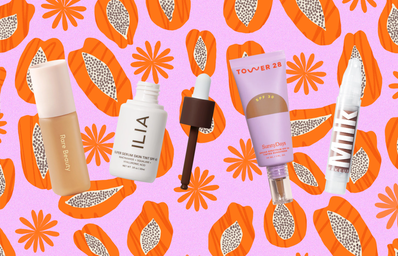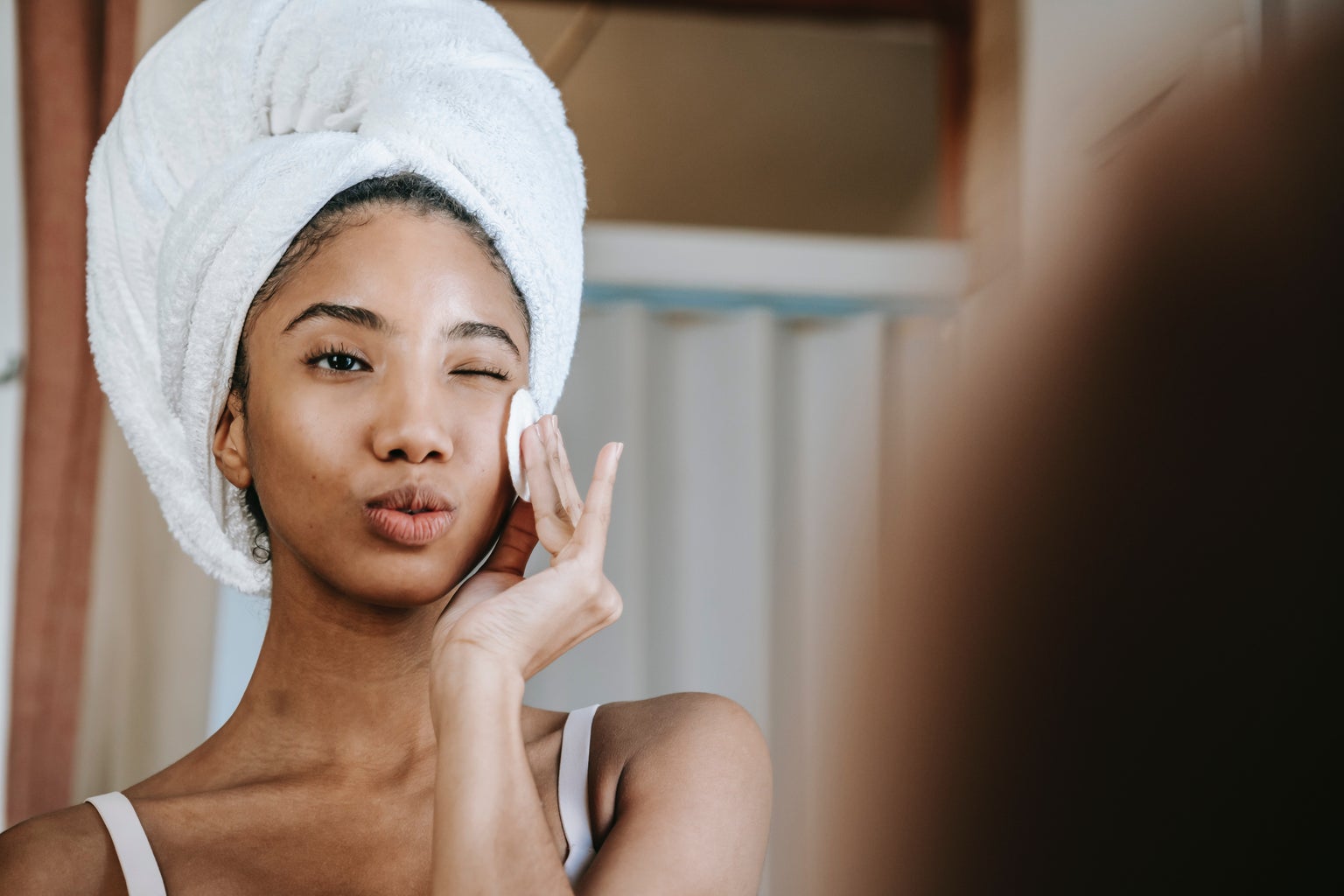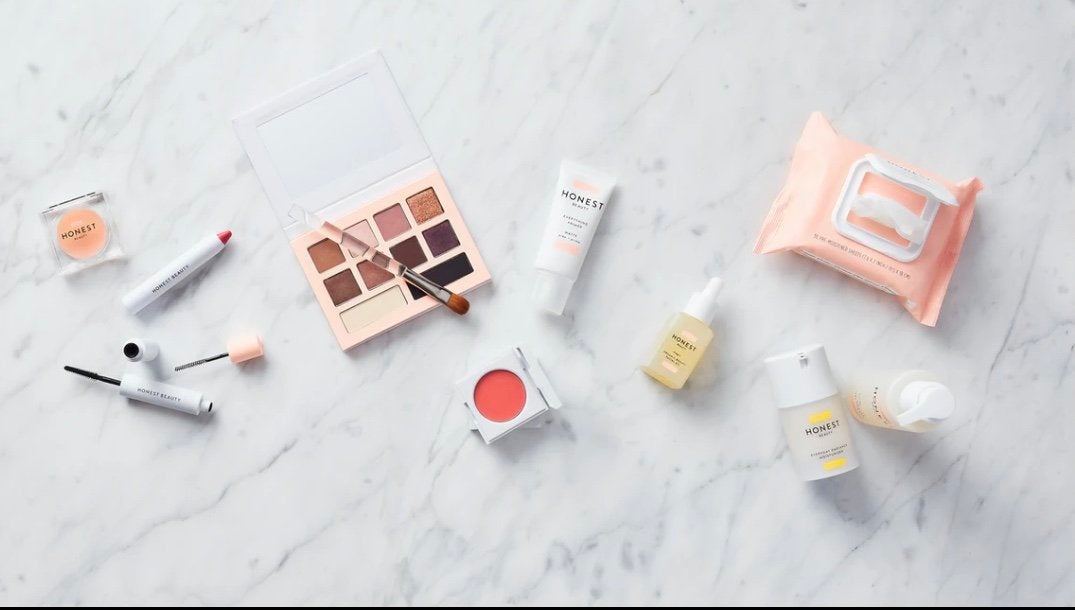We hear the term ‘clean beauty’ being used more frequently than ever, but do we really understand what it means? Personally, I know I didn’t prior to researching it! In this article, I am going to break down what ‘clean makeup’ actually means and why it is crucial for us to understand.
First, what is clean beauty?
At its core, clean beauty refers to products that have ingredient lists that contain only safe and completely clean ingredients. This ensures that you can use it without risking your own health in any way. Clean beauty is free of common harmful cosmetic ingredients, including hormone disruptors and carcinogens. It is shocking to learn that the majority of beauty products on the market contain these extremely harmful ingredients. Aside from just beauty products, there is an abundance of other products that can contain these harmful substances, including, but not limited to, toothpaste, sunscreen, soap, and moisturizers.
Now, what INGREDIENTS should we avoid?
At The Good Face Project, in order for a product to be named as being clean, there has to be little to no evidence that the formulation of the product will negatively affect your health and that the company is fully transparent in its disclosure of ingredients. Using these guidelines, The Good Face Project highlights the top five most common ingredients we should all be avoiding and why it is important that we do so:
- Phthalates: an ingredient used in cosmetics to make products more flexible, however, there is evidence to suggest that it is a carcinogen and hormone disruptor.
- Parabens: both types of parabens, Propylparaben and Iosbutylparaben, have been associated with cancer.
- Sodium Laureth Sulfate (SLES) and Sodium Lauryl Sulfate (SLS): both are irritants commonly added to cleaning products, which have been linked to the disruption of our endocrine systems.
- Diethanolamine (DEA) and Triethanolamine (TEA): are commonly found in hair products, despite being likely carcinogenic substances.
- Octinoxate and Oxybenzone: chemical UV filters in sunscreen which pose threats to our bodies, as well as animals living in the ocean.
(For a full list of the 15 most common toxic cosmetic ingredients, visit The Good Face Project).
So, What can we do to avoid these ingredients?
Companies like The Good Face Project make it extremely accessible to learn and avoid harmful ingredients. Being educated on the topic of clean beauty is truly the first step in ensuring a safer lifestyle. The Good Face Project has a feature on its website, Good Face Index, where you can search a plethora of cosmetic products. Upon selecting a product from this index, you can view the Good Face Project’s cleanliness score. This score takes into account the amount of harmful, irritating, or toxic ingredients and rates products as either green, yellow, or red. Green is an item that is certified to contain only clean ingredients, while red is a product that contains unsafe ingredients. The Good Face Project has made it very easy to research your most loved products and check if they are safe for your health. It only took me a few minutes to research all my favorite, day-to-day products and learn whether they are truly beneficial to my health or if they had irritating ingredients.
It has been no secret that many beauty products are formulated with heavy metals, toxic chemicals, and other unsafe ingredients that are scientifically linked to health problems in humans. Now with information on clean beauty being more accessible than ever, we should all make sure we are prioritizing our health by avoiding these harmful ingredients.
Can’t get enough of HC UMass Amherst? Be sure to follow us on Instagram, listen to us on Spotify, like us on Facebook, and read our latest Tweets!




